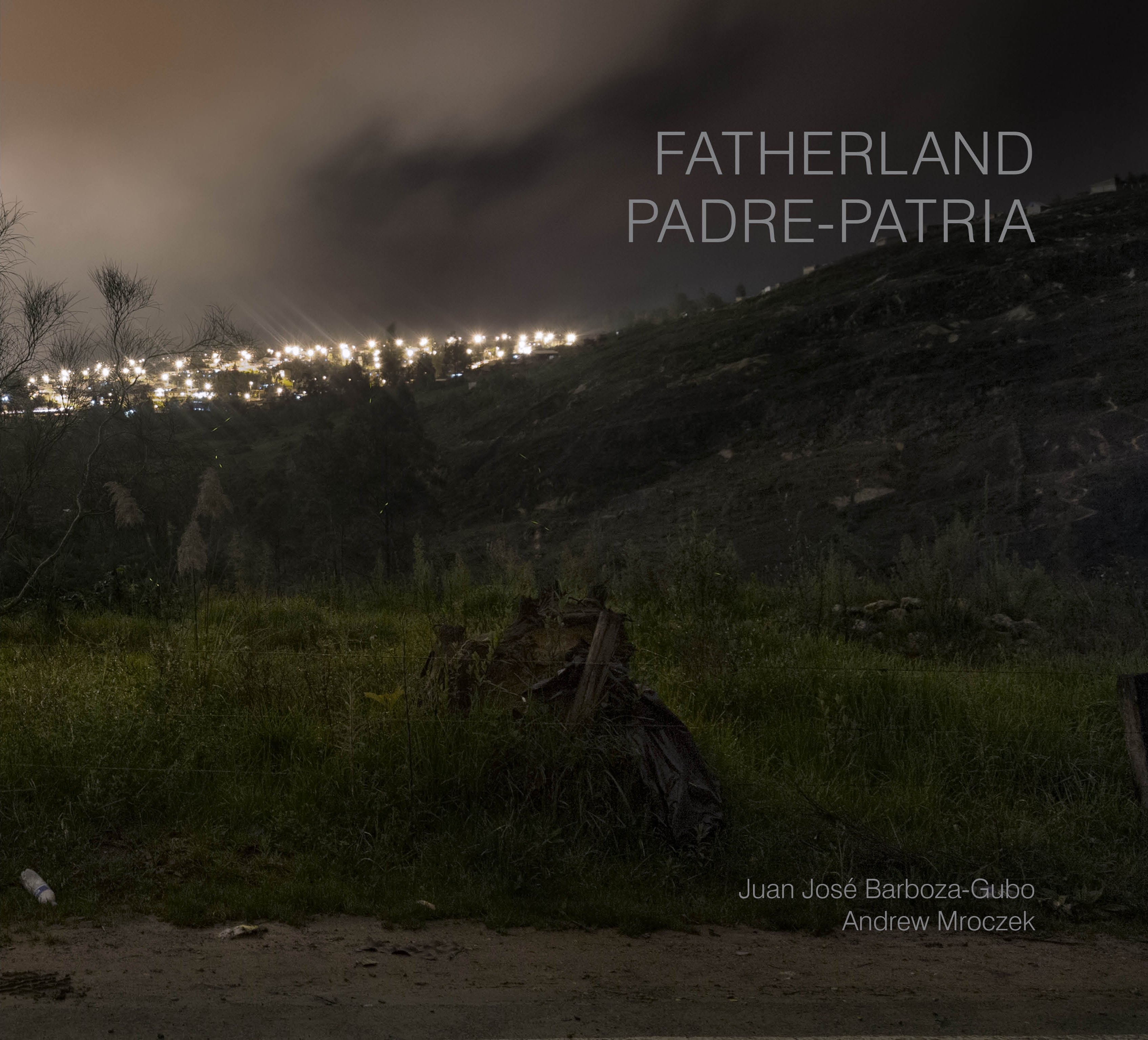Three hours south from Lima, along Peru’s southern coast, lies the town of Pisco, a port city in the country’s desert region. Two transgender women brought us to the site where their friend had been bound, beaten, gang-raped, and left for dead. The following year, in the Peruvian forest, we traveled nine hours from Tarapoto to Chachapoyas, a remote town situated in the Andes.

There, police escorted us to the place where a gay boy’s body was dismembered and burned. They never referred to him by name, preferring the term “the little faggot.” Returning to Lima, we photographed the street where a transgender woman was attacked by a group of seven men. The beating left her in a coma for twenty days. Years later, in an isolated village, schoolchildren walking home from their classes would direct us to the house where just two months prior a father had murdered his gay son.


We first arrived in Peru in 2014 with the intention of creating portraits honoring Lima’s transgender women—the group most heavily targeted with violence. Our four-year collaboration with seventeen women provided numerous firsthand accounts of rape and murder, a staggering number of which were never documented or investigated by the police. Further inquiries within LGBTQ groups and community centers uncovered similar instances involving Peru’s community of gay men. For both groups, concepts of machismo and masculinity were at the root of the violence, which has grown increasingly toxic.
The term “hate crime” isn’t used by Peru’s National Police or the Serenazgo, the municipal police force. Their reports seldom list a victim’s gender identity or sexual orientation as a cause of or contributing factor in an act of violence. For this reason, several of the victims whose stories are recorded in Fatherland were discovered directly by friends of victims.


The Peruvian press would cover more sensationalized stories, but misinformation was commonplace. Newspapers used photographs from unrelated murders to illustrate their coverage. The names of towns, and even of victims, were often incorrect—and the victims were frequently misgendered. In our research, we used video footage from blogs or the Facebook posts from friends of victims to find the locations. The background scenes of television news interviews would provide identifiable markers, as in the case of Luis Enrique Ramírez Ortiz, whose suicide was covered by América Noticias, a Peruvian broadcasting company.
Footage of medical personnel loading his sheet-covered body into the back of a pickup truck revealed a large blue mural painted on the side of his home. Through the use of Google Maps, we toured San Martín de Porres, street by street, until we found the matching mural. It read: “El Agua Es Vida Y Salud”—“Water Is Life & Health.”


In areas outside of larger cities we were left to depend on the locals. Approaching workers in small tiendas often proved more informative than knocking on the doors of neighborhood houses. People were often unwilling to speak, presumably too embarrassed to acknowledge that a transgender or homosexual person had been a part of their community, or fearing we were connected to authorities. In many rural areas, especially those in the jungle and rainforest regions, communities are governed by their own laws and an official police presence is nonexistent. For those cases, a record of a hate crime or the suicide of an LGBTQ identifying person will never exist.
Contradicting information from news sources or misplaced police files would often lead to undiscovered locations. In other instances, it was clear that our presence was unwelcome and we were misled by those living in the area of the crime.


In the northern Amazonian city of Iquitos, we were told of a young gay boy who, after being rejected by his family, committed suicide in a vacant shack. His body was discovered by neighborhood children. We traveled throughout the day, driving south of the city, and walked several hours into the rainforest until we reached the bend of Amazon River where his death was rumored to have occurred. Locals living in small villages along the river confirmed the suicide, but stated it took place in a village further downstream. We were never able to locate the site

On five occasions, we sought the assistance of police. The site of the recent murder on the dangerous outskirts of Trujillo was not disclosed through official channels, as the case was still being investigated. The crime scene was located within a maze of unmarked dirt roads. Concerned for our safety, the police escorted us to the scene, and three armed officers positioned themselves around us as we made the photograph.
Read the rest of the preface in Juan Jose Barboza-Gubo & Andrew Mroczek's Fatherland. To give voice to the victims mentioned, the images in Fatherland are captioned with their name, age, and the year, location, and nature of the assault.
Read the rest of the preface in Juan Jose Barboza-Gubo & Andrew Mroczek's Fatherland. To give voice to the victims mentioned, the images in Fatherland are captioned with their name, age, and the year, location, and nature of the assault.



